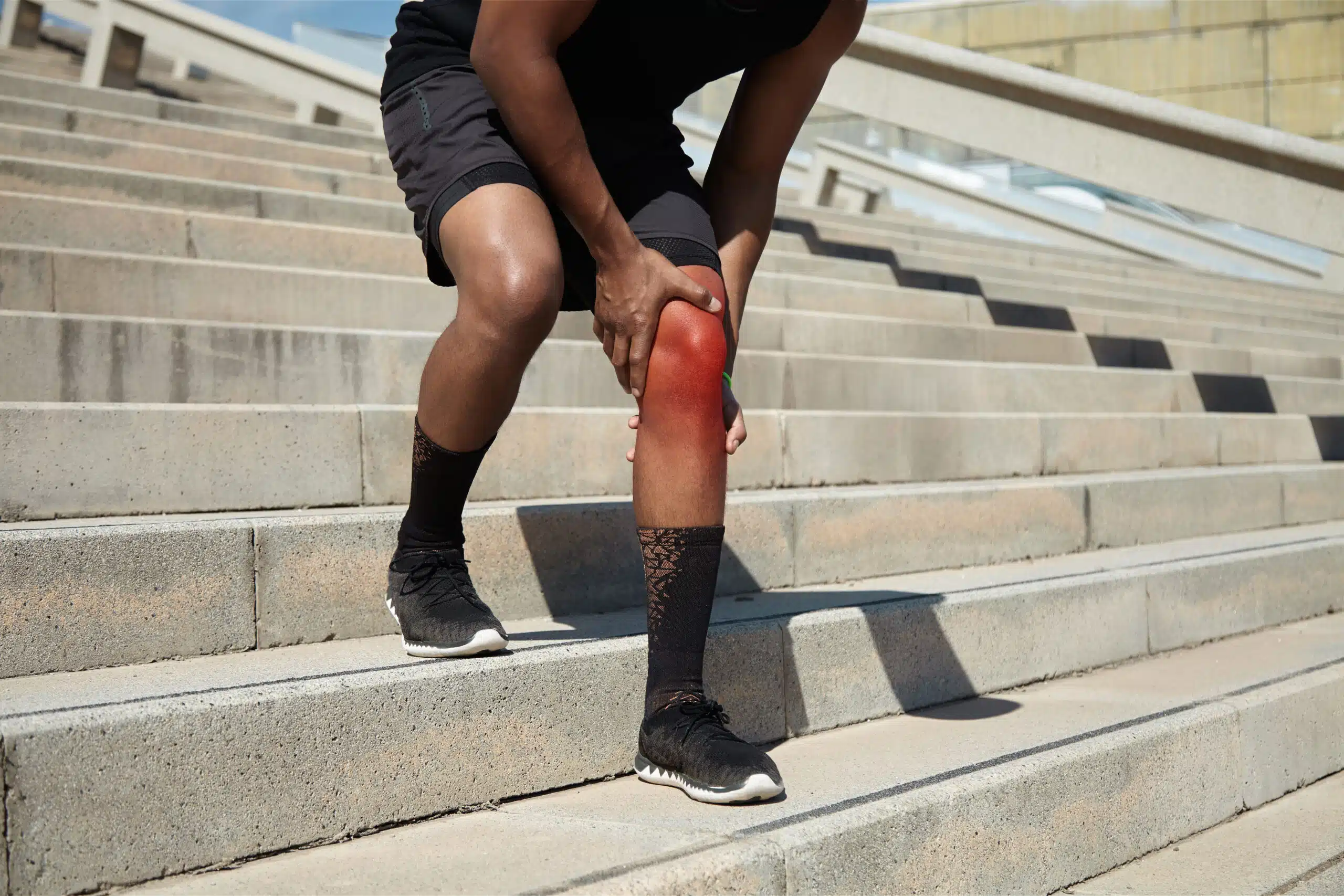

If you’ve ever felt tingling, numbness, or wrist pain that won’t go away, you understand how disruptive carpal tunnel syndrome can be. It often starts subtly, then grows into a constant ache that affects typing, gripping, and even sleeping comfortably.
That’s why finding an effective carpal tunnel treatment matters.
Many people search for carpal tunnel relief but want to avoid surgery or heavy medication, and noninvasive options offer a safer, gentler path to recovery. By addressing the root cause instead of just masking symptoms, these approaches support healing and long-term wrist health.
Let’s explore the top nonsurgical treatment options and how each one can help you feel better, support long-term wrist health, and get back to what you love.
Carpal tunnel syndrome happens when there’s too much pressure on the median nerve, or the nerve that runs through a narrow passage in your wrist called the carpal tunnel.
This pressure can disrupt normal nerve function, leading to discomfort and difficulty with fine motor tasks, often requiring early interventions like wrist splinting or corticosteroid injection into the carpal tunnel to relieve strain and support healing.
Common symptoms include:

Certain factors can increase your risk, such as repetitive hand use, desk work, pregnancy, or medical conditions like diabetes and thyroid disorders. Understanding these causes helps you take early action, reducing strain and lowering the risk of lasting nerve damage.
Addressing carpal tunnel symptoms early can make all the difference between short-term discomfort and long-term damage. When tingling or numbness is ignored, pressure on the median nerve may worsen, leading to increased pain, weakness, and even permanent nerve impairment.
Early care allows for faster, more effective recovery. It helps reduce inflammation, restore circulation, and prevent chronic wrist issues that may limit your daily activities or quality of life.
Many people find relief through nonsurgical options like chiropractic care, physical therapy, wrist mobilization, and therapeutic exercises. These approaches aim to relieve pressure naturally and improve mobility—often without relying on medications or surgery.
When it comes to finding relief from carpal tunnel pain, a personalized, noninvasive approach often delivers lasting results. Here are a few options to consider:
Wrist braces provide gentle support during repetitive tasks or rest, helping to reduce strain and nerve pressure. Combined with ergonomic changes, like adjusting your desk setup or wrist posture, these small adjustments can make a big difference in daily comfort.

Through precise, gentle chiropractic adjustments, pressure on the wrist and median nerve can be relieved. When part of a broader care plan, this approach may help improve alignment, circulation, and overall wrist function, supporting the body’s natural healing process.
Soft tissue therapy targets inflammation and muscle tightness around the wrist and forearm. Techniques such as myofascial release or massage therapy can ease tension and enhance flexibility for faster recovery.
Targeted exercises and stretches strengthen the wrist and forearm muscles, restore range of motion, and improve nerve glide. These simple movements, when done consistently, support long-term wrist health and help prevent flare-ups.
By combining these approaches, conservative treatments offer a holistic, nonsurgical path to carpal tunnel relief. For many people, they provide a safe and effective way to regain strength, comfort, and control without relying on invasive procedures.
While professional care provides the most lasting relief, simple daily habits can go a long way in easing discomfort and keeping symptoms in check. If you’re managing wrist pain at home, try incorporating these supportive practices into your routine:
When paired with professional care, such as physical therapy or targeted treatments for carpal tunnel, these small adjustments can significantly enhance comfort and support long-term wrist health.
If wrist pain begins interfering with your daily life, especially if it wakes you up at night or makes typing and gripping objects difficult, it may be a good time to seek professional help. Early care can prevent long-term nerve damage and help preserve hand function. Getting the right diagnosis is the first step toward lasting relief.
Watch for these signs that your symptoms may be progressing:

These symptoms often mean the condition is advancing and could benefit from more focused treatment.
At Better Care Chiropractic & Physical Therapy, we focus on providing noninvasive and effective carpal tunnel therapy in Montgomery and Willis to help you regain daily comfort and function. Before considering carpal tunnel surgery options, our experts can guide you through a full range of effective nonsurgical treatments to provide lasting relief.
Effective carpal tunnel treatment doesn’t mean you have to choose between living with chronic pain and undergoing surgery. By focusing on a comprehensive approach, combining targeted chiropractic care, soft tissue therapy, and simple lifestyle adjustments, lasting relief is within reach.
Better Care Chiropractic & Physical Therapy offers personalized, noninvasive care plans that address the root cause of wrist pain while restoring function and comfort. Is wrist pain holding you back? Schedule a visit with our clinic in Montgomery and Willis today and start your path to relief with trusted, natural treatment that works!









Willis
804 W Montgomery St, Willis, TX, 77378
Montgomery
17099 Walden Rd Suite 100 Montgomery, TX. 77356

